Department of pathology

The baby boy, born in late May 2023, is the first baby born from a uterus transplant outside of a clinical trial and UAB’s first baby from its uterus transplant program.

Description of this mechanism offers a promising therapeutic target to limit lung injury and death. Lower respiratory tract infections, including bacterial pneumonia, are the fourth-leading cause of death worldwide, with 120 million to 156 million cases and 1.4 million deaths a year.

Mechanistic findings in this study may pave the way for future time-restricted feeding studies in muscle, providing a natural and affordable form of alternative therapy for managing pathologies related to metabolism and obesity.
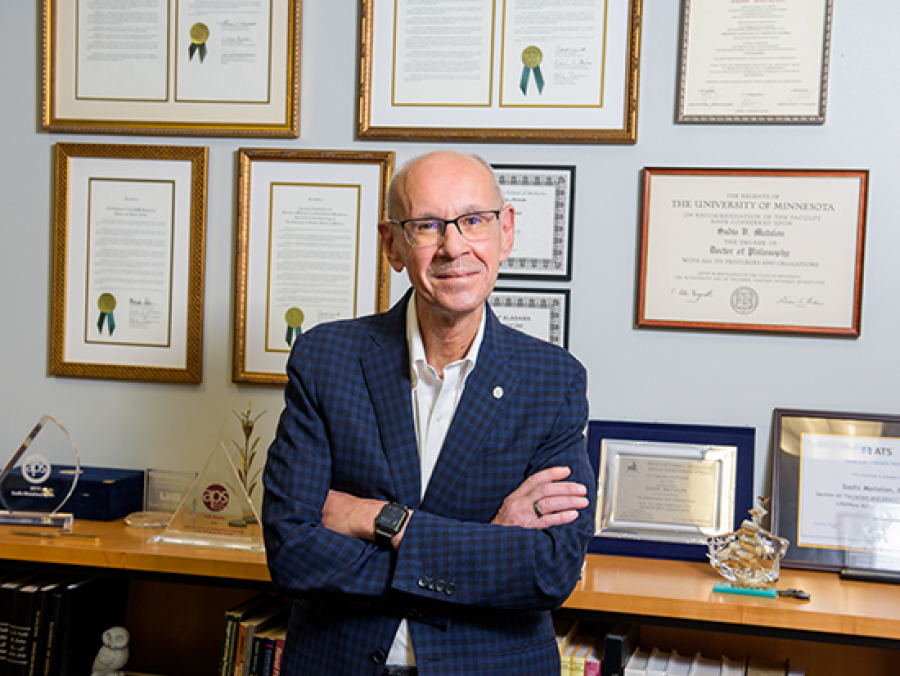
Even when at odds with his health, Matalon continued his academic excellence and service to the field of lung disease research.

The funding will support 24 research projects at seven institutions in Alabama.
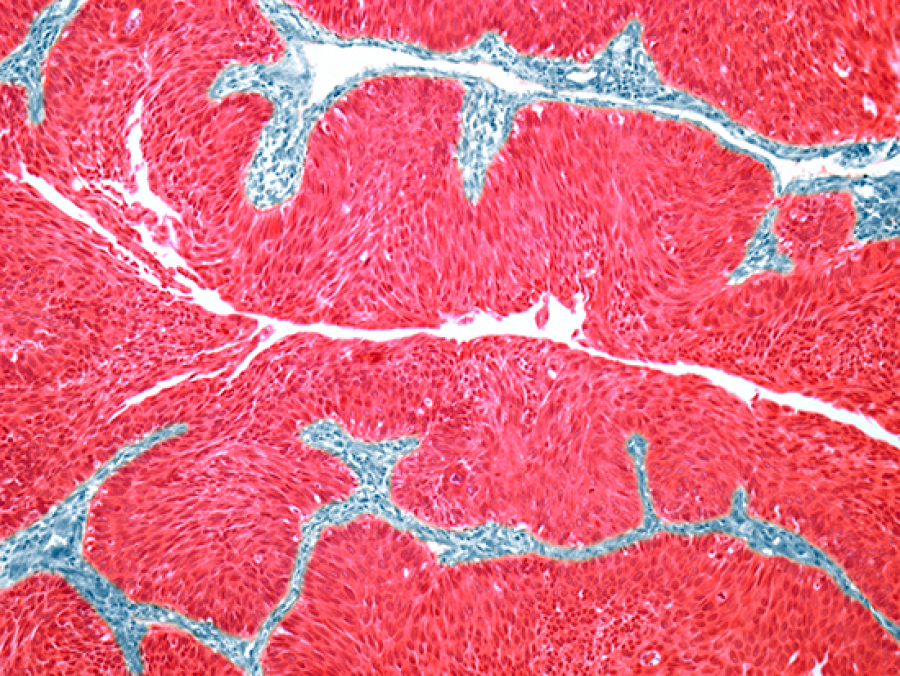
The researchers found that ARID1A-deficient bladder cancers are sensitive to combination therapies with the EZH2 inhibitor and inhibitors of PI3K, in a synergistic manner.
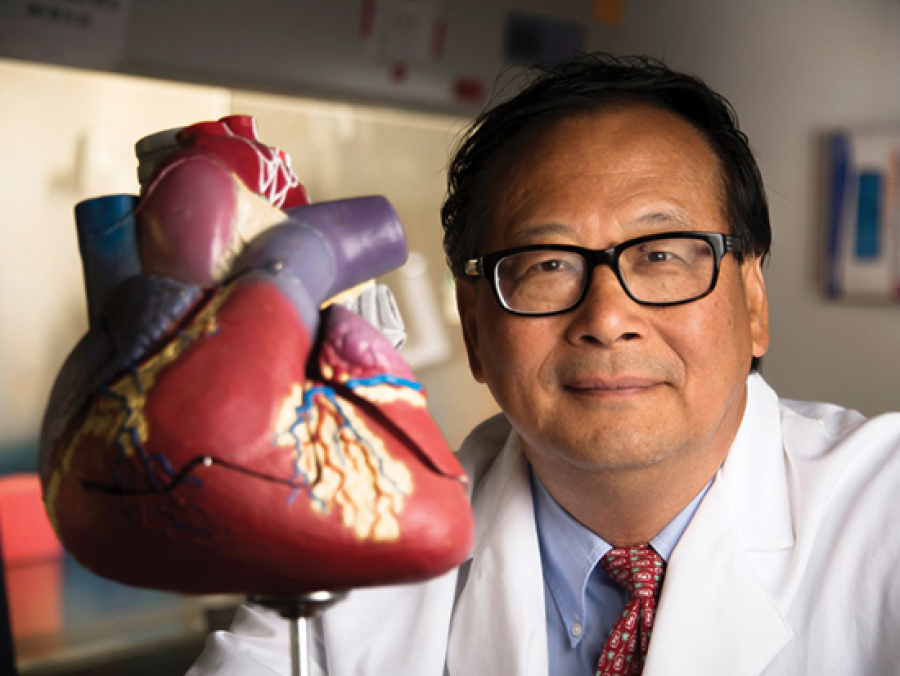
The Council on Basic Cardiovascular Sciences, known as the BCVS, is one of the largest councils at the American Heart Association, and it is one of the largest organizations in cardiovascular sciences globally, with more than 4,700 members.
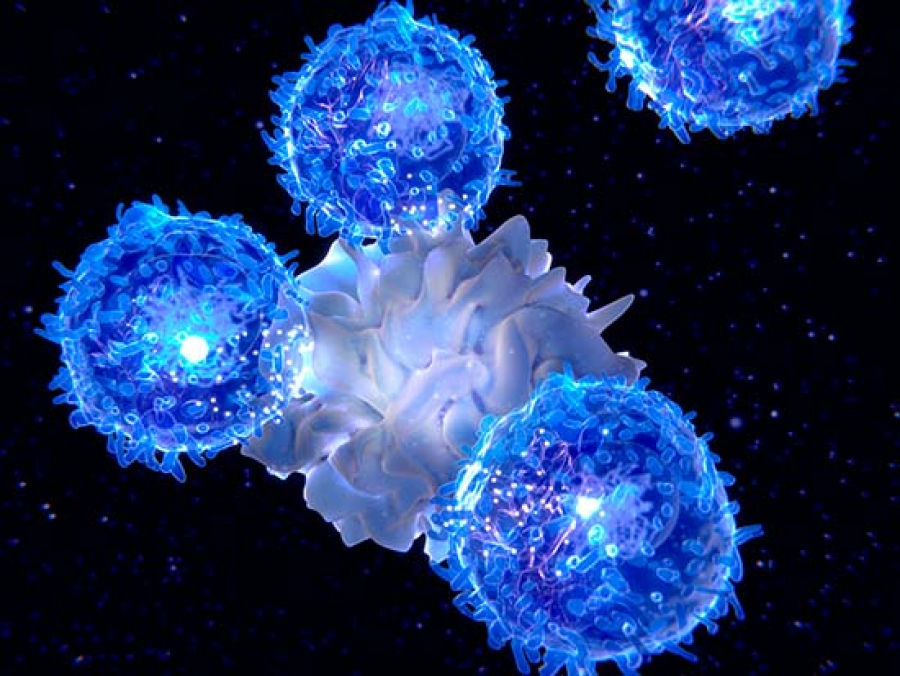
In response to a viral infection, intrinsic IL-2 production by effector CD8 T cells affects IL-2 signaling, leading to different fates for two subsets of those cells — the one producing IL-2 and the one not producing IL-2.
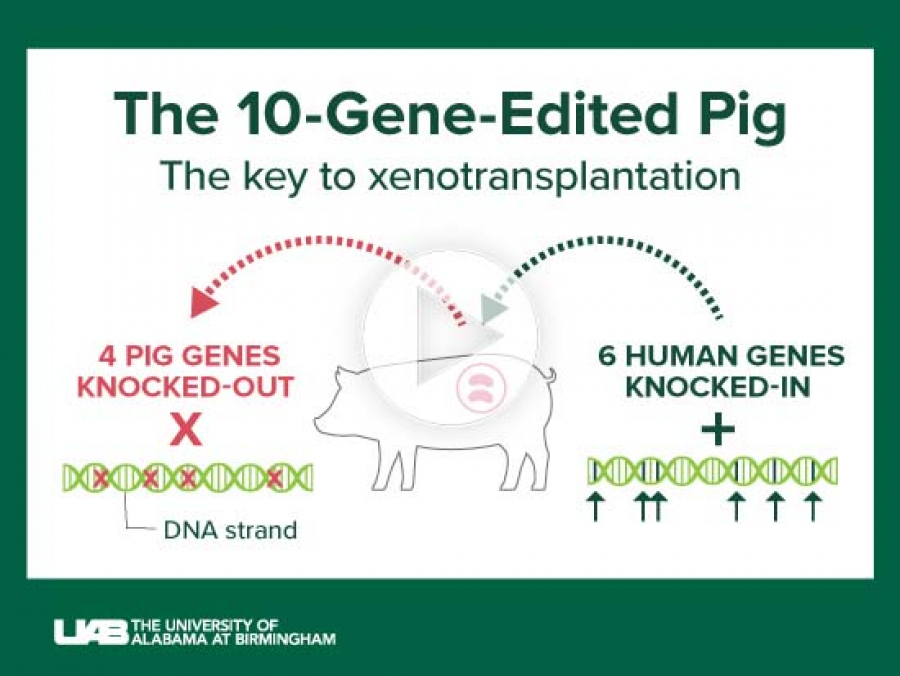
The human preclinical model at UAB provides important knowledge before a Phase I clinical trial can begin for living human recipients. Decades of work by researchers across the world preceded UAB’s first clinical-grade pig kidney xenotransplant.

After years of researching the SON gene, Erin Eun-Young Ahn, Ph.D., may have found the cause behind an extremely rare disease.

Record $95 million Heersink lead gift to advance strategic growth and biomedical innovation.
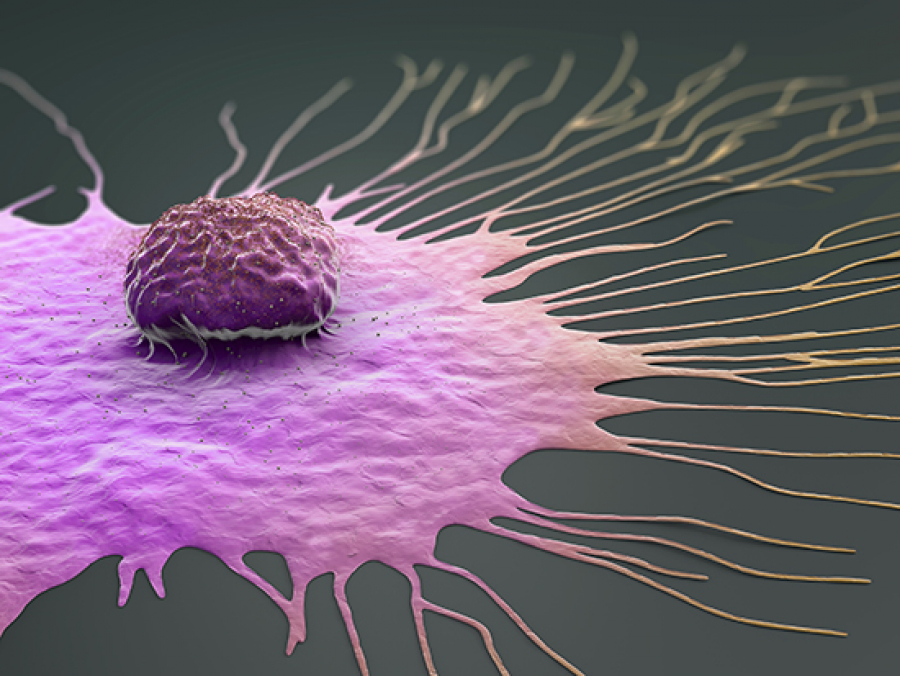
This study was done in mice and with a novel, tissue-engineered, three-dimensional breast cancer mimetic system.
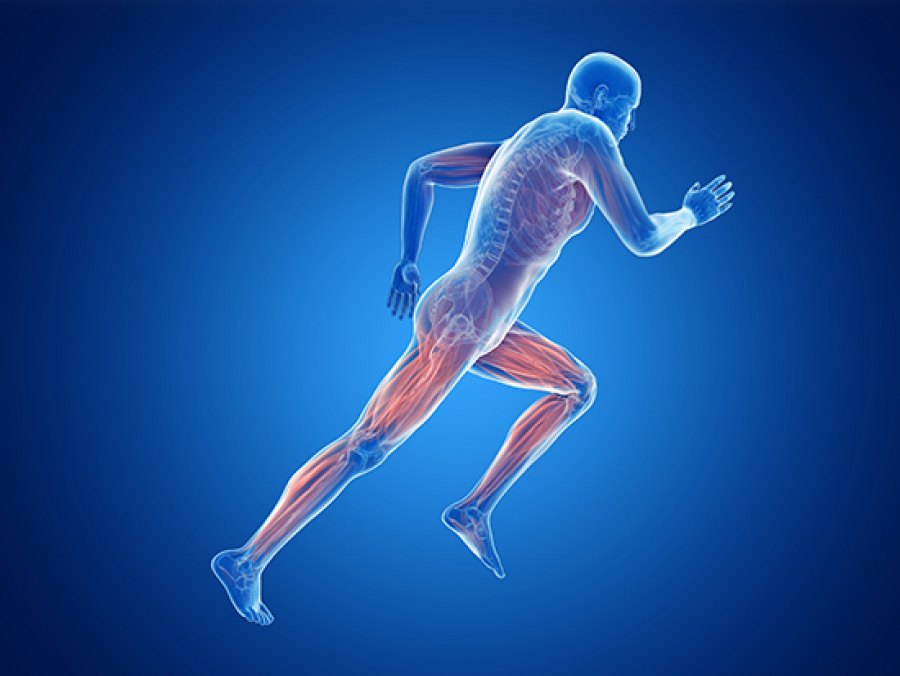
This discovery may have clinical importance in management of heart failure.
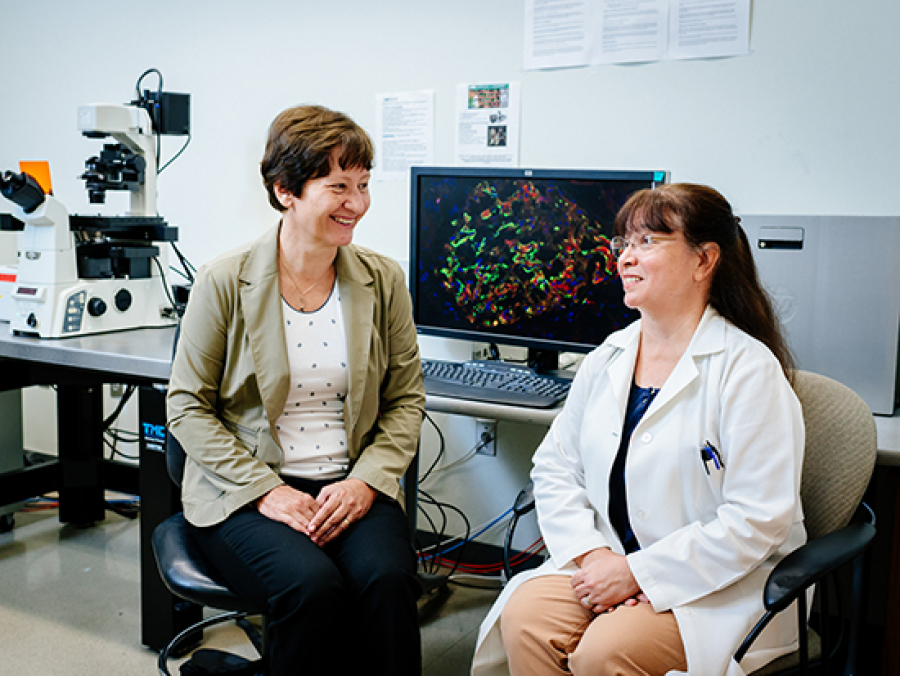
IgA nephropathy is the leading primary glomerulonephritis worldwide.
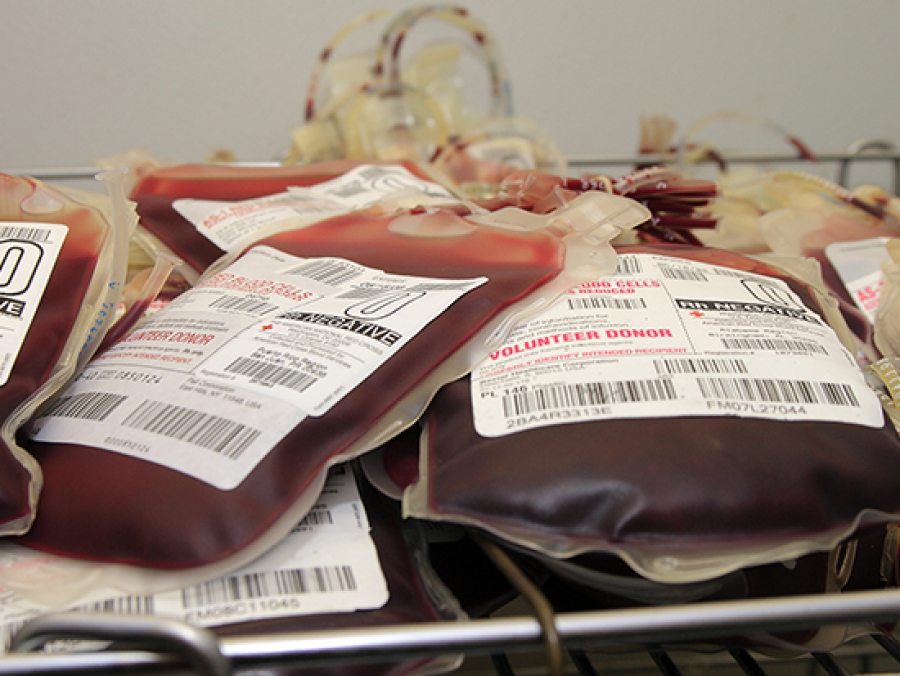
Lessons learned on the battlefield have brought about a change in blood usage at UAB.
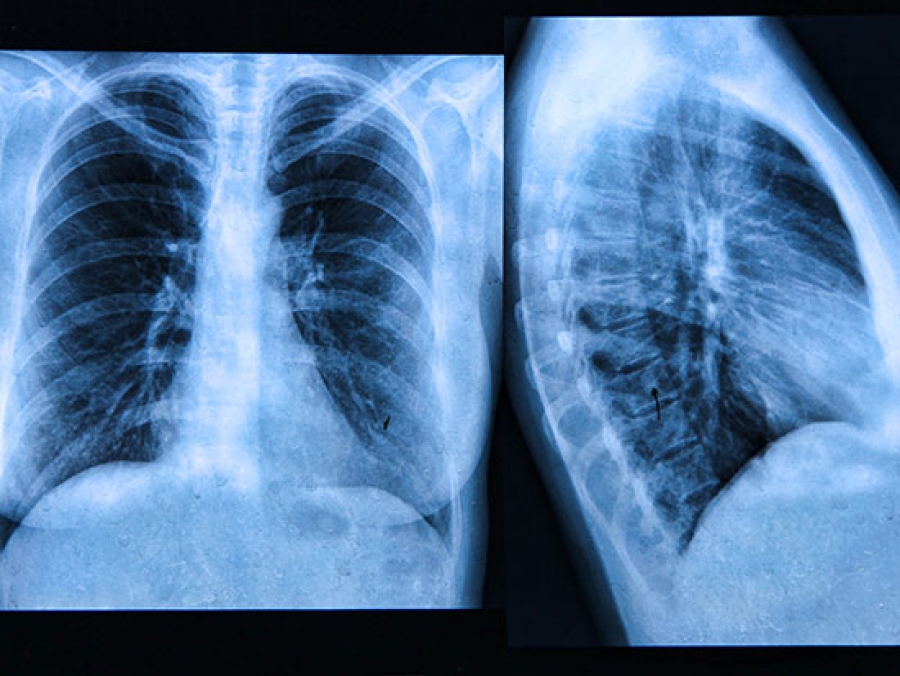
A diabetes drug suggests potential therapy for idiopathic pulmonary fibrosis, based on research with human lung fibroblasts and a mouse model of lung fibrosis.
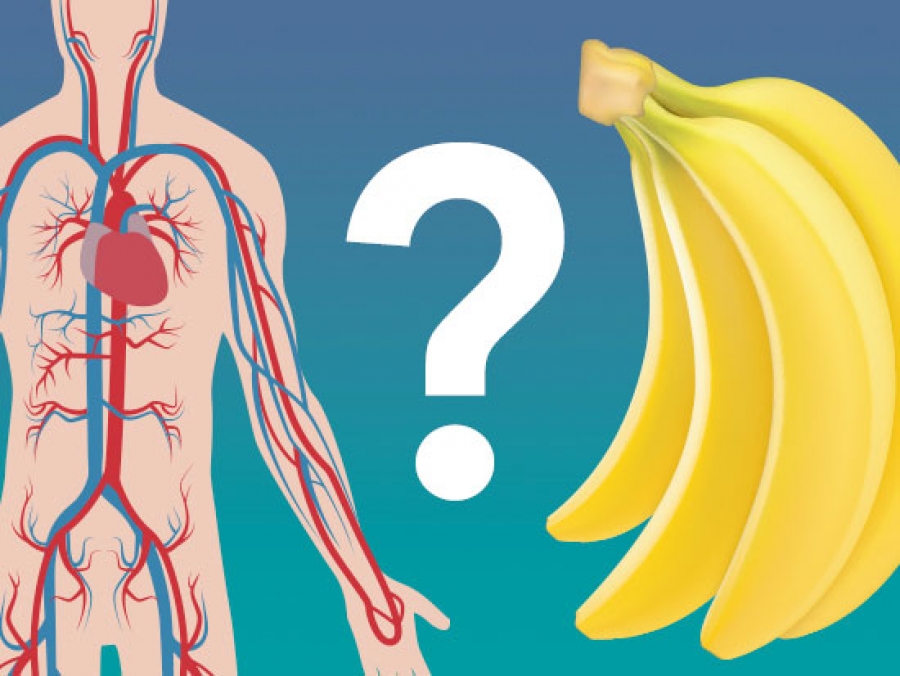
Low dietary potassium leads to calcified arteries and aortic stiffness, while increased dietary potassium alleviates those undesirable effects in a mouse model, suggesting dietary potassium may protect against heart disease and death from heart disease in humans.
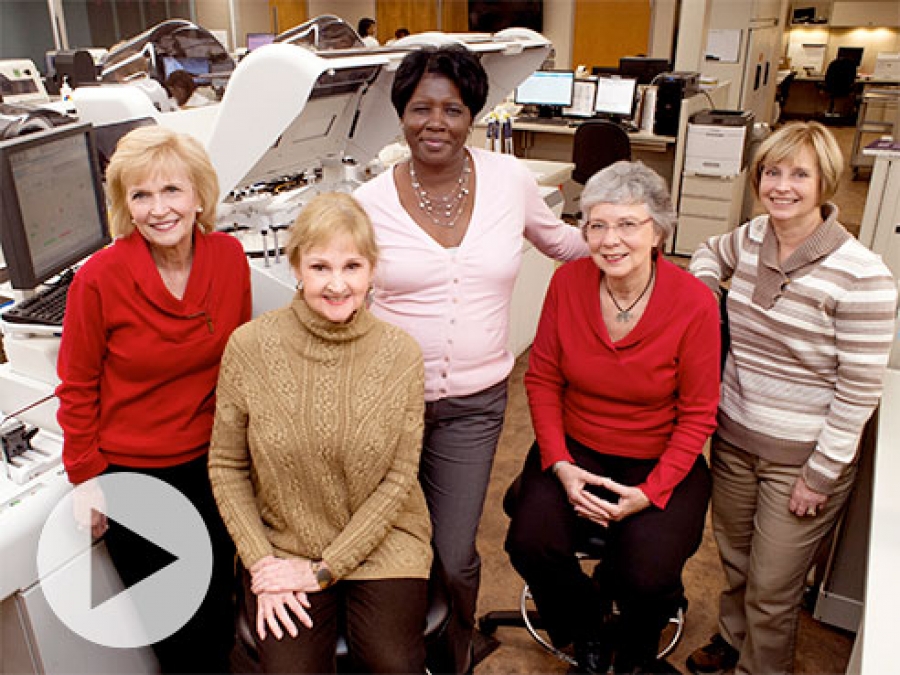
The clinical lab in Spain Tower analyzes up to 5,000 tubes of blood each night, providing vital data for caregivers and patients in the nation’s third-largest public hospital.
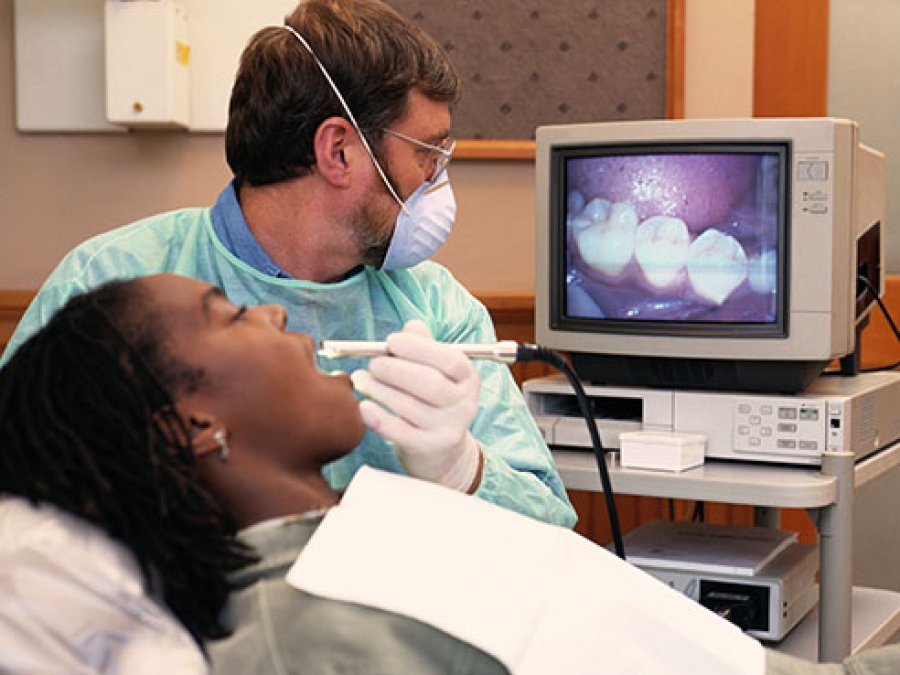
Kids often acquire S. mutans, a cavity-causing bacterium from nonfamily members, researchers report at the American Society for Microbiology annual meeting.
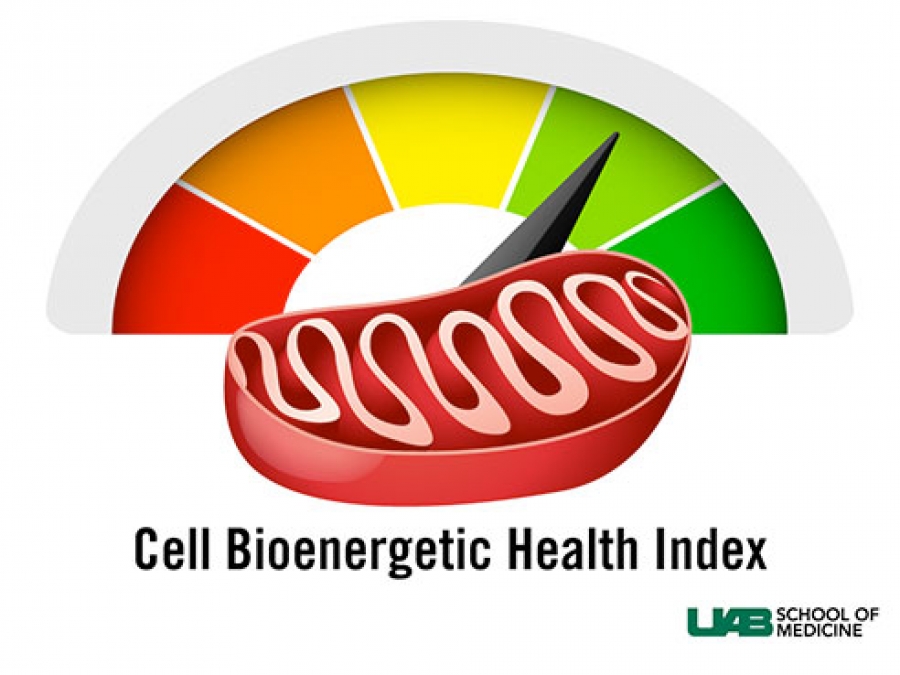
UAB researchers have created a blood test that determines a bioenergetic index, which could become an important method of measuring mitochondrial health in patients with chronic disease.
Page 2 of 2